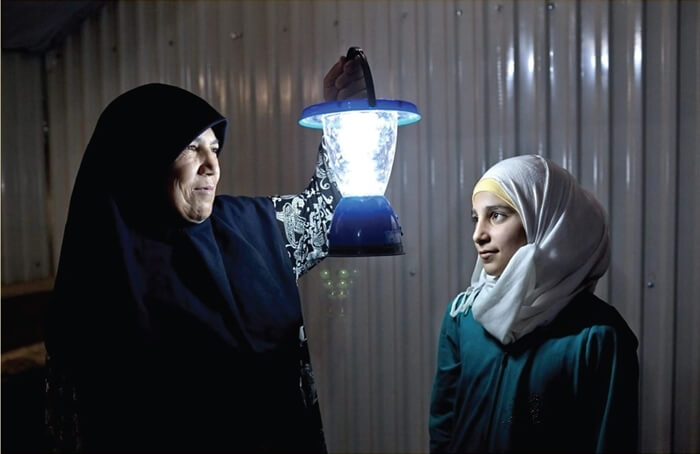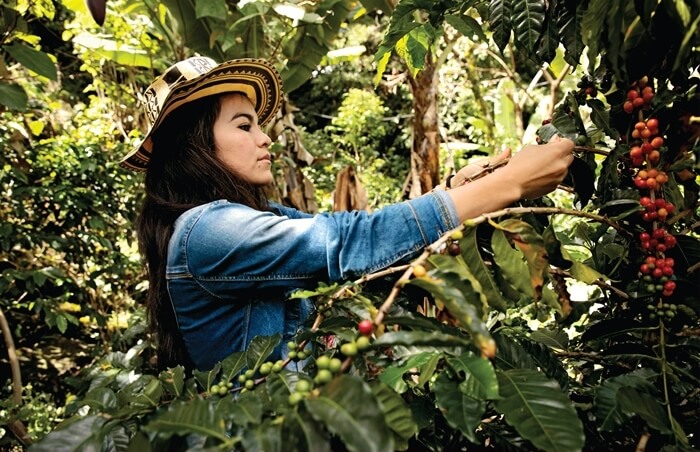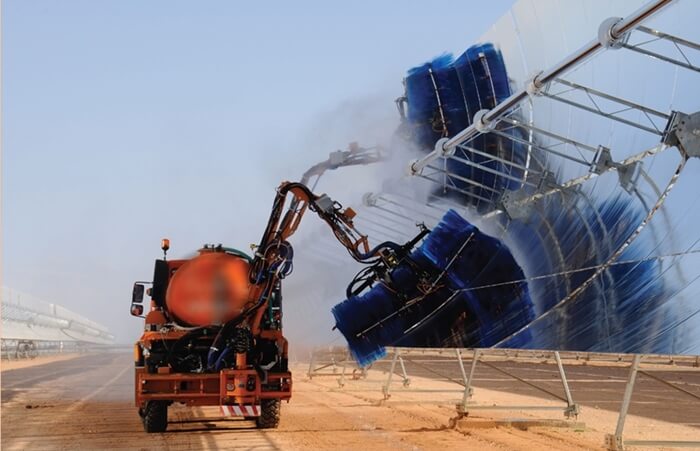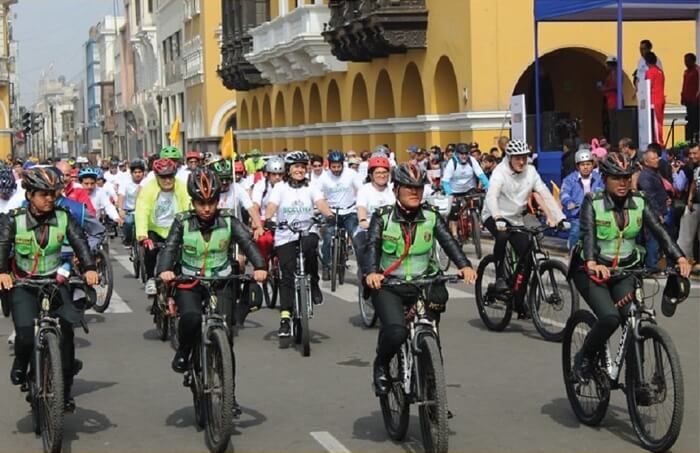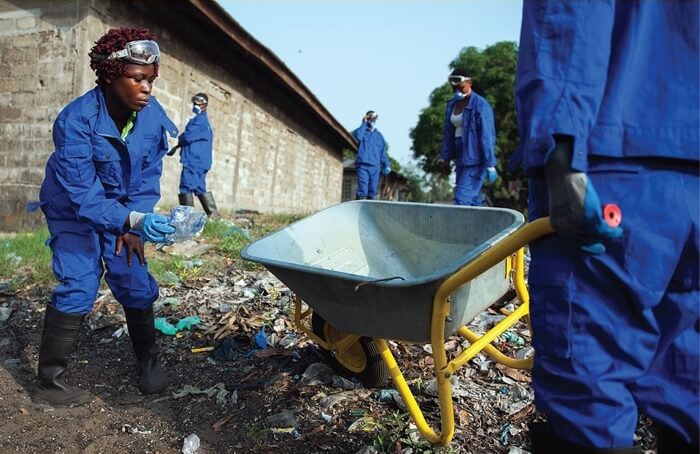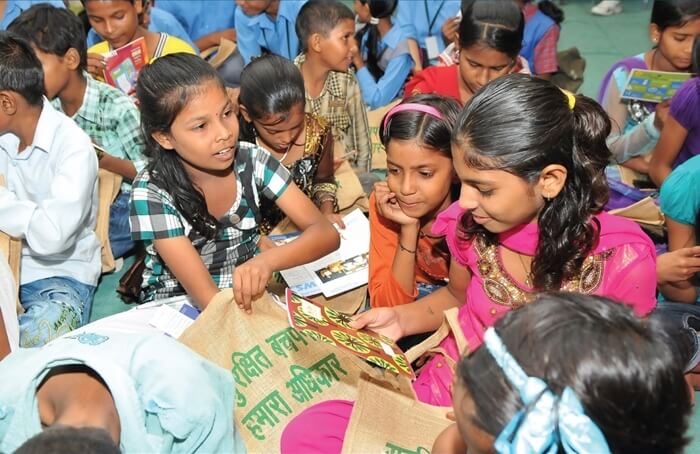Excerpt from downeast.com
We open on the rotating globe: some brown, a bit of green, but mostly the mottled blue of a single world ocean. Blooming with phytoplankton in its light-filled reaches and sheltering, in its depths, the bulk of the planet’s animal biomass, it covers some 71 percent of Earth’s surface. It churns with a confusion of wind-driven currents and deeper, colder ones, moving water along a great, 1,000-year circuit, from the North Atlantic to the southern seas and back, a global conveyor belt distributing nutrients and sweeping past and into the Gulf of Maine. Zooming in on the gulf, we see the tides massaging New England’s bedrock coastline, filling and draining its innumerable coves and estuaries and enfolding, in the gulf’s middle latitudes, clusters of granite islands, like those of Maine’s Deer Isle archipelago. There, near a village called Oceanville, the salt water surges between two forested necks, then presses through a narrow channel to fill a tendrilled cove streaked with strings of oyster floats. And there, tending them over the gunwale of a roughed-up scow, is Abby Barrows.
A 37-year-old Stonington native, tanned and sinewy, Barrows pulls one floating bag at a time, unfastening it from its line and emptying its contents onto a sorting table, where she cleans and culls her oysters by hand. The largest and best she sorts into a few waiting harvest bags, to wash and deliver to customers later on. The rest she returns to their original bag, scrubbing away any fouling and giving it a good shake, to chip away the oysters’ brittle edges, before reattaching it to the line, flipped over from its prior orientation. It is a routine she has performed countless times since taking over her nearly 2½-acre aquaculture lease in Deer Isle’s Long Cove, in 2015.
Along most of her lines, Barrows’s oystering gear is largely indistinguishable from gear found at any other Maine oyster farm that uses the floating-bag method. The rectangular mesh bags enclosing the oysters are made of high-density polyethylene — marine-grade plastic, it’s sometimes called — with foam or industrial-plastic floats, attached with plastic zip ties, to keep bags on the water’s surface. As long as the mesh is kept clean, water flows through, and the oysters feed by filtering algae particles from it, improving water quality in the process by removing excess nutrients and sediment. As oysters grow, they are transferred into bags with larger mesh, allowing more water, and thus more food, to flow through.

Island Innovation is a social enterprise and digital media company at the intersection of sustainable development and communications, offering specialised services across various sectors. We bring together the private sector, government, utilities, NGOs and universities to advance innovation for sustainability and prosperity in islands worldwide.









